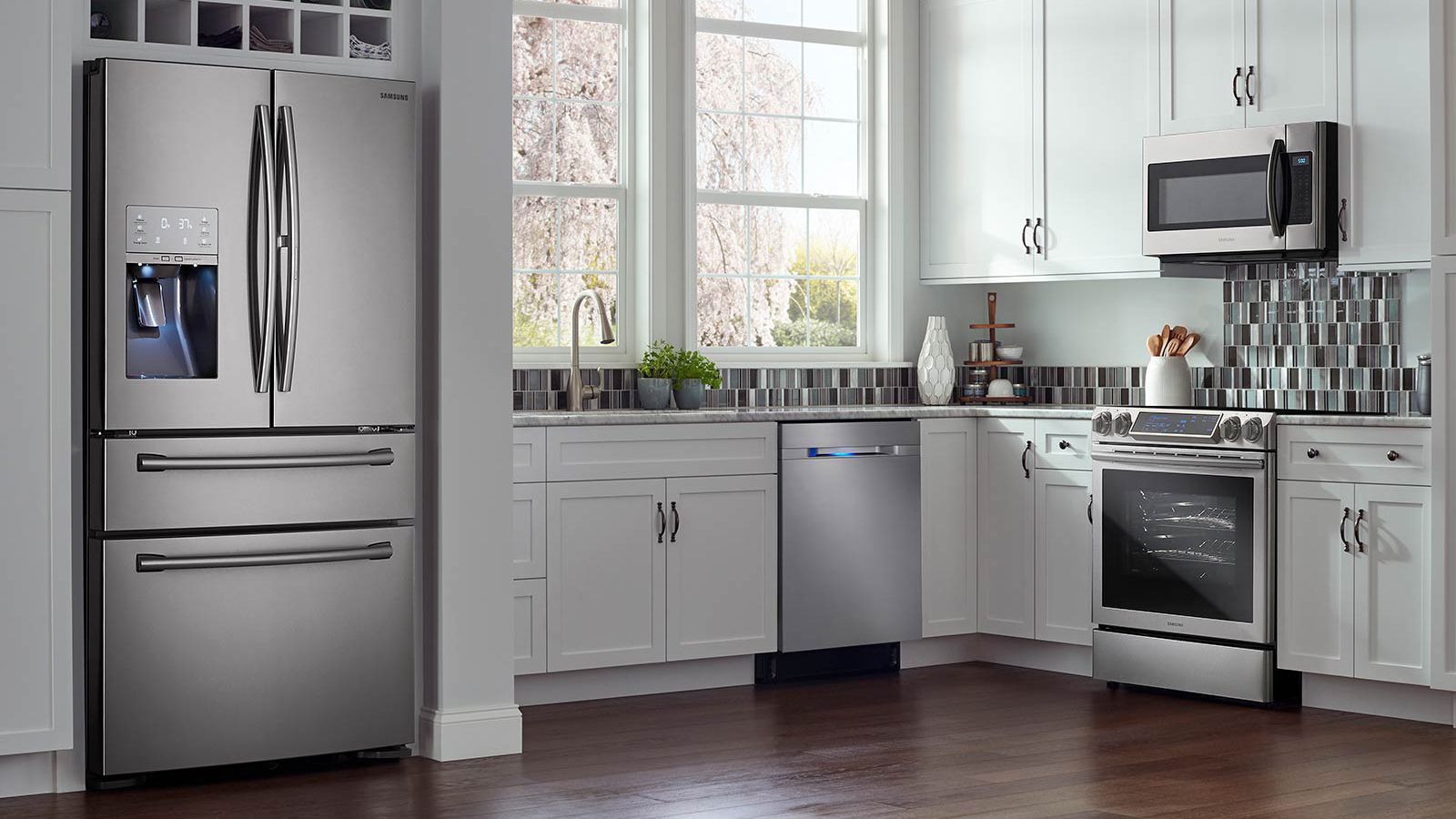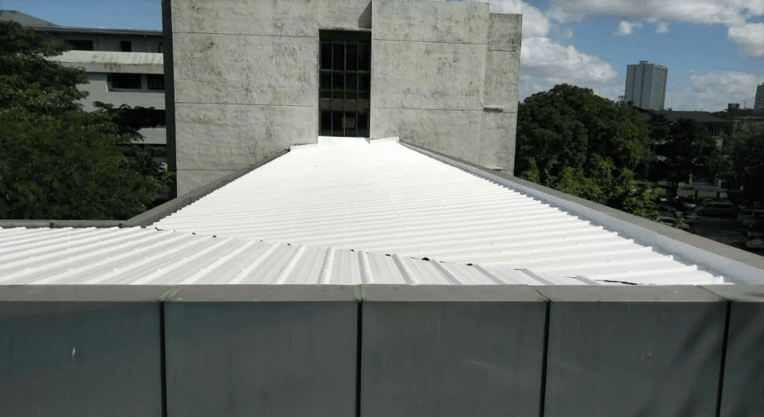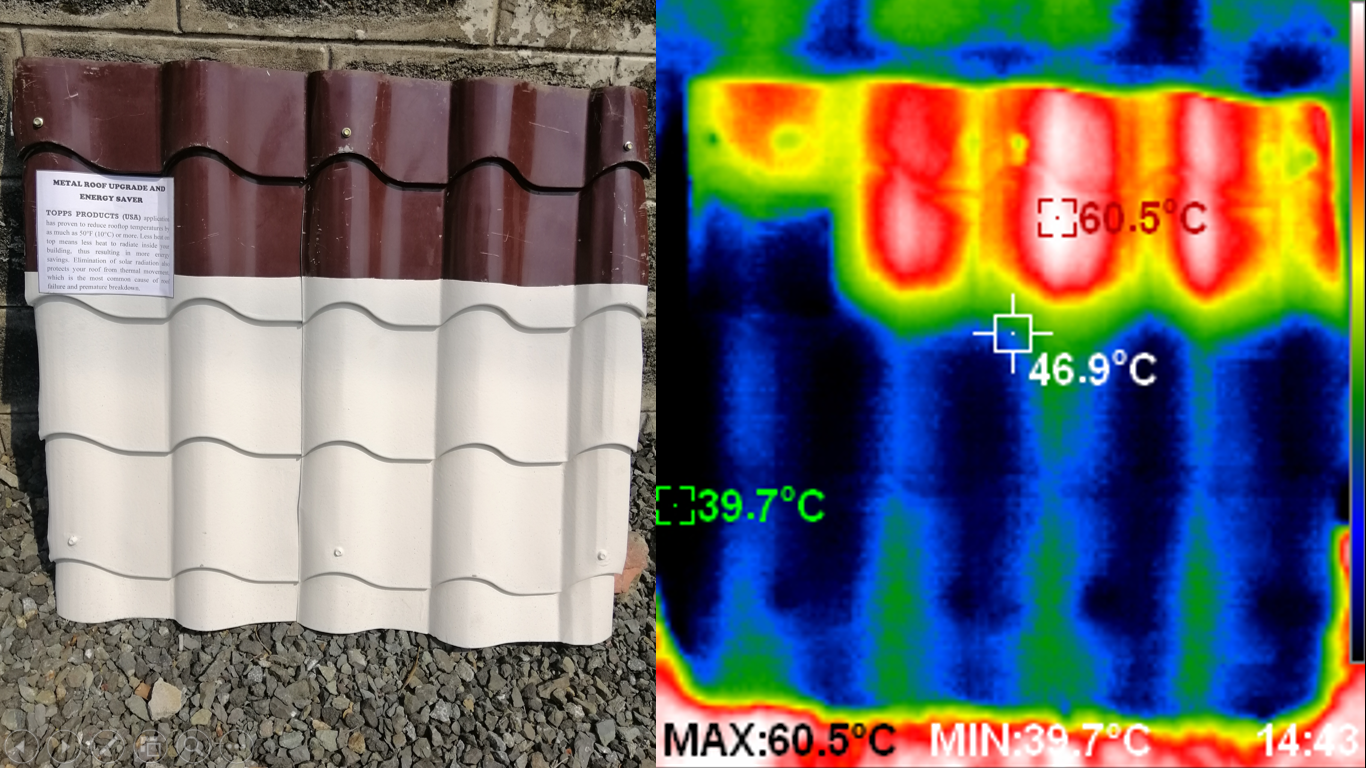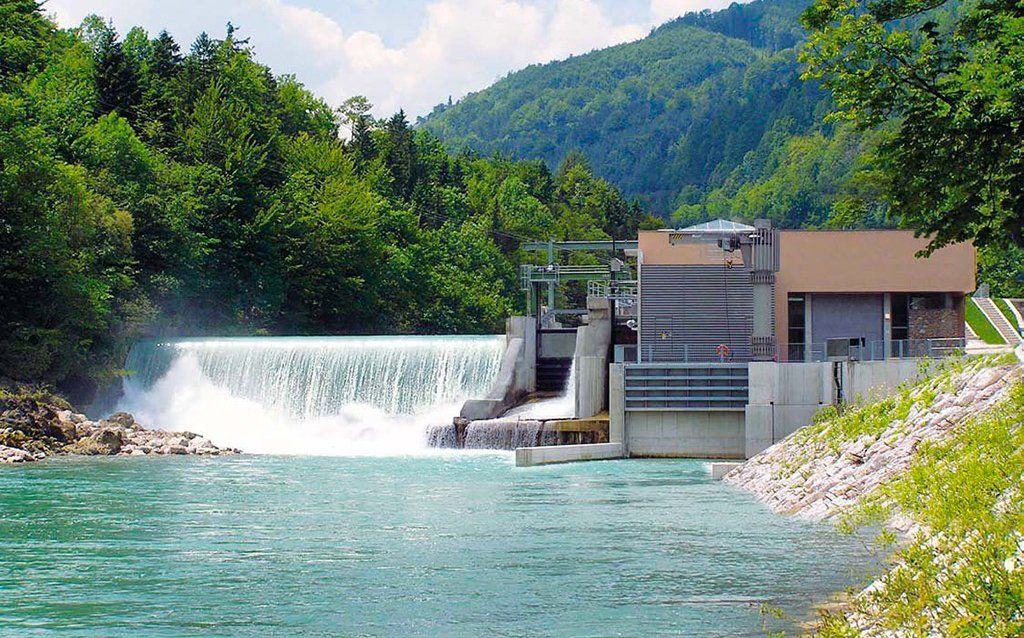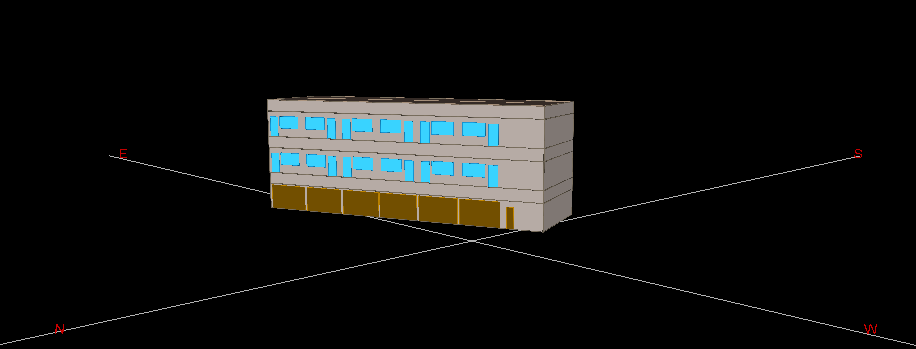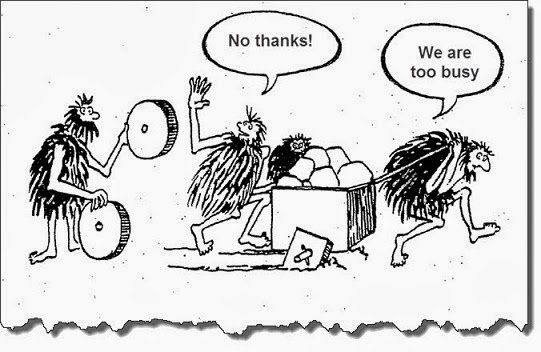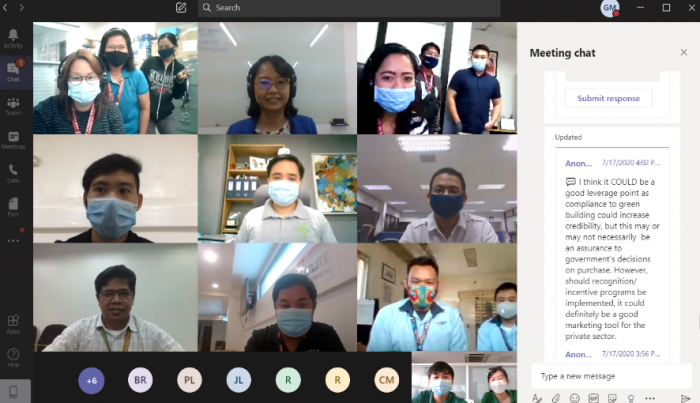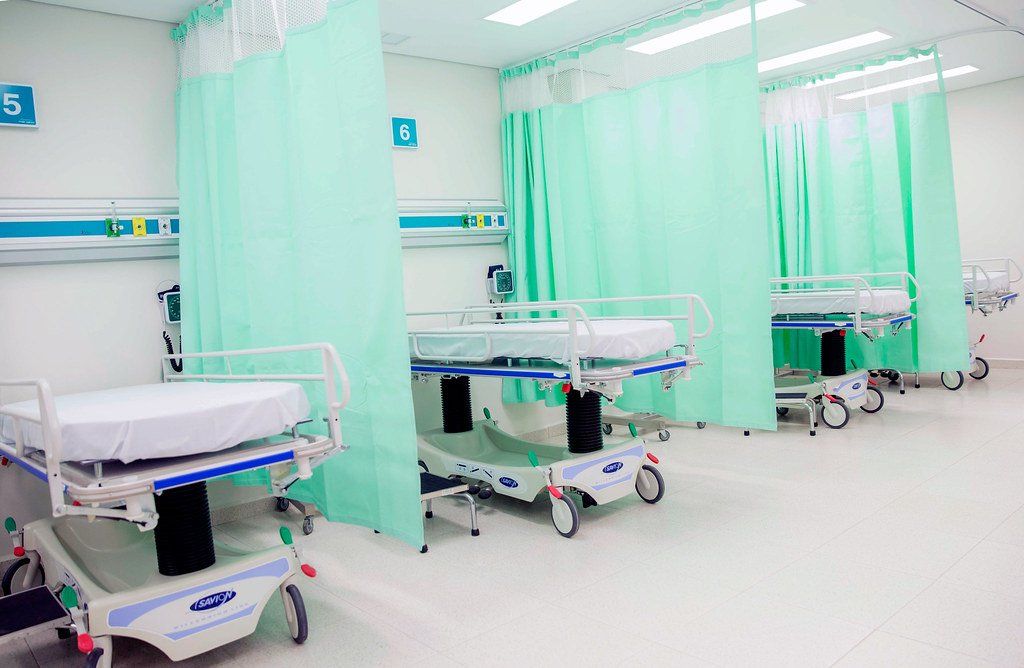LEED And Green Rating Systems
Green building rating systems or green building certifications such as America’s LEED, UK’s BREEAM and our own BERDE serve as third party verification of green projects. Unlike building codes, pursuing a certification is entirely voluntarily. The goal of these systems is to transform the market and encourage green buildings by providing recognition to projects which meet their scoring systems.
Internationally, LEED has been so successful that it’s difficult to talk about sustainable developments without someone pointing out LEED. The rating system has been very versatile in how it handles energy and water that it has been adopted by countries with varying climates. Cold countries such as Canada and hot countries such as India both predominantly use LEED as their green building rating system. This allows for a consistent baseline for projects and gives the market a universal understanding on a building’s performance.
The past 5 years saw more specialized rating systems such as the Living Building Challenge, Passive House (or PassivHaus) and WELL have been on the rise. These are usually used in conjunction with LEED and concentrate on a specific issue. For example, WELL is specific to promoting human wellness and healthy indoor spaces while Passive House focuses on a lower energy use through good building envelopes and systems.
In our market, LEED specifically has been a great help to pushing the construction industry in a greener path, however, there are a few common misconceptions when it comes to LEED. First, LEED should not be confused for standard or code. While there are prerequisites to LEED, the rating system itself is very rarely structured in the rigidity of building standards or codes and the requirements are performance-based.
Second, there is no such thing as a LEED certified product. There are many great green building products out there and many of them contribute to earning a LEED point or prerequisite. However, LEED points and prerequisites are based on performance of the project and not of one product.
Finally, while LEED is a great indication of a building’s performance, it does not guarantee any performance level. This is because the scoring approach it takes allows projects to pick and chose credits they want to pursue. For example, a project may only select to earn 3 points of a possible 19 on Optimized Energy Performance and still achieve enough points to reach platinum certification while another project may select to earn all 19 points and only achieve a silver level due to other point categories. Conversely, there are many sustainable projects which choose not to pursue LEED due to the added perceived and (sometimes) real cost yet perform on a LEED project’s level.
LEED and other green building rating systems are here to stay and we should embrace it. These systems help drive the industry forward and challenge us to produce better buildings. They also provide the general public with a base understanding of green buildings. The challenge for the industry is to understand and educate.
The GreenSolutions blog is a series of bite size posts which covers sustainable development and technology. Do you have a question or a discussion you want started? Email us or leave us a note!
To find out more about energy modelling and our consultancy services, check our our website at www.greensolutions.ph.


